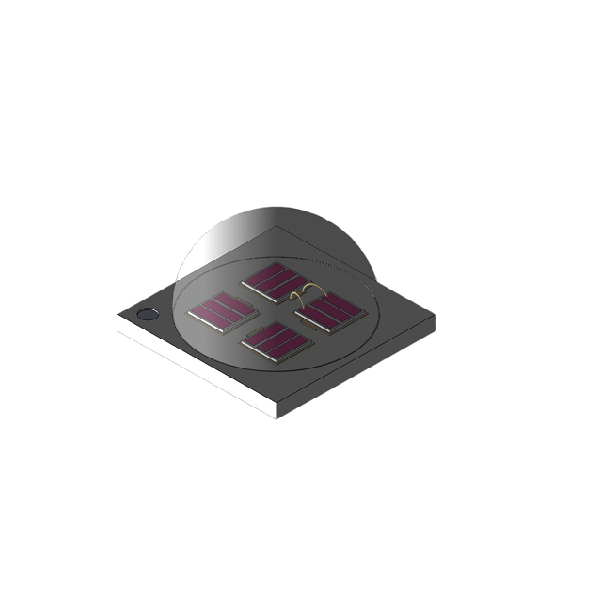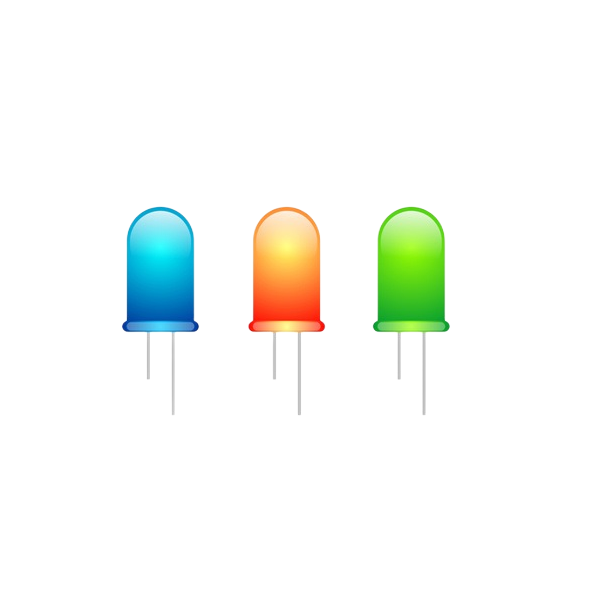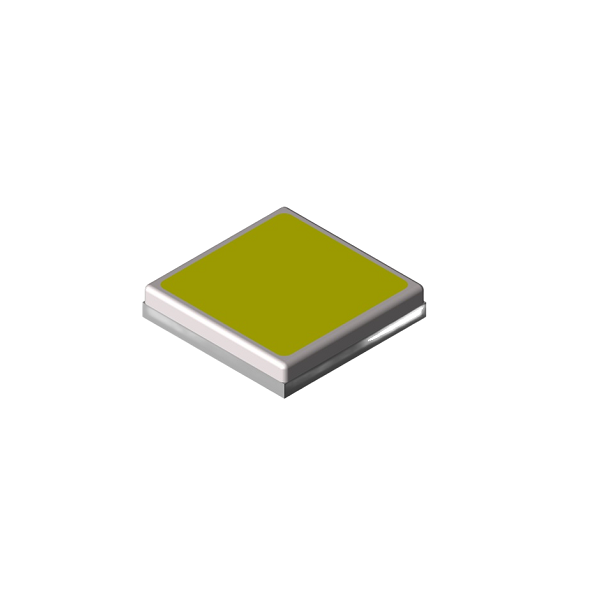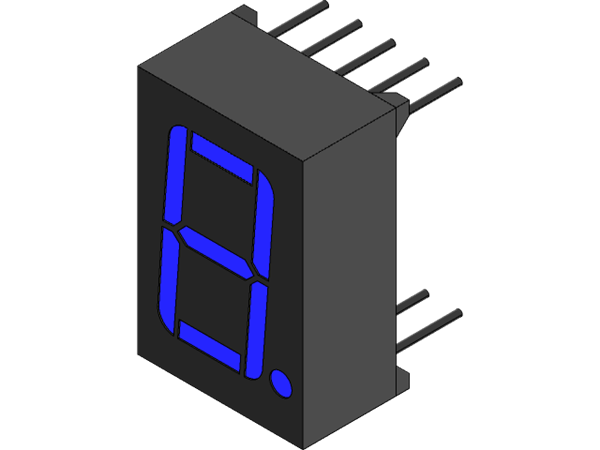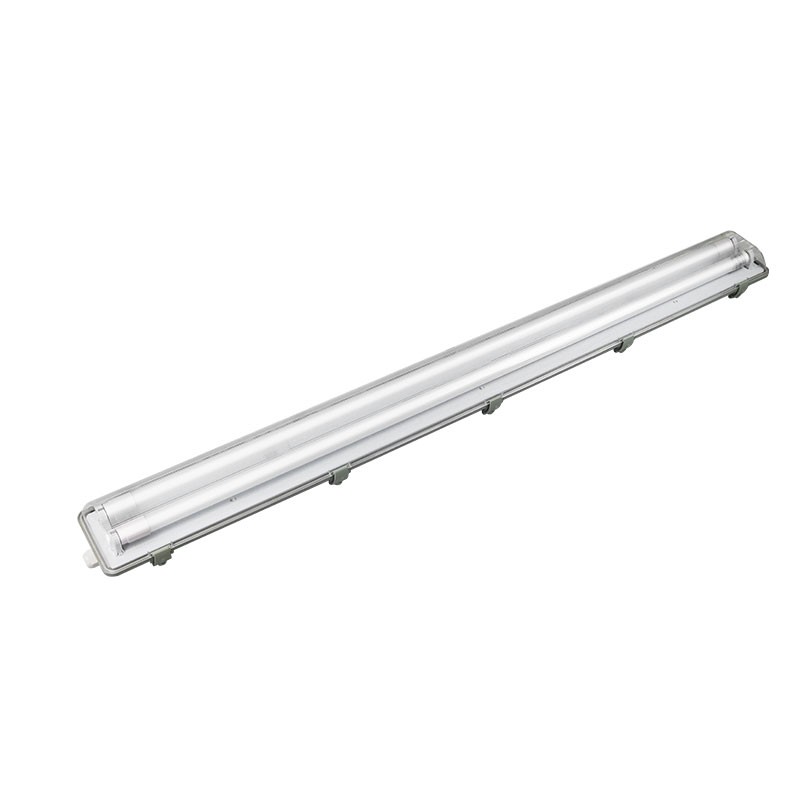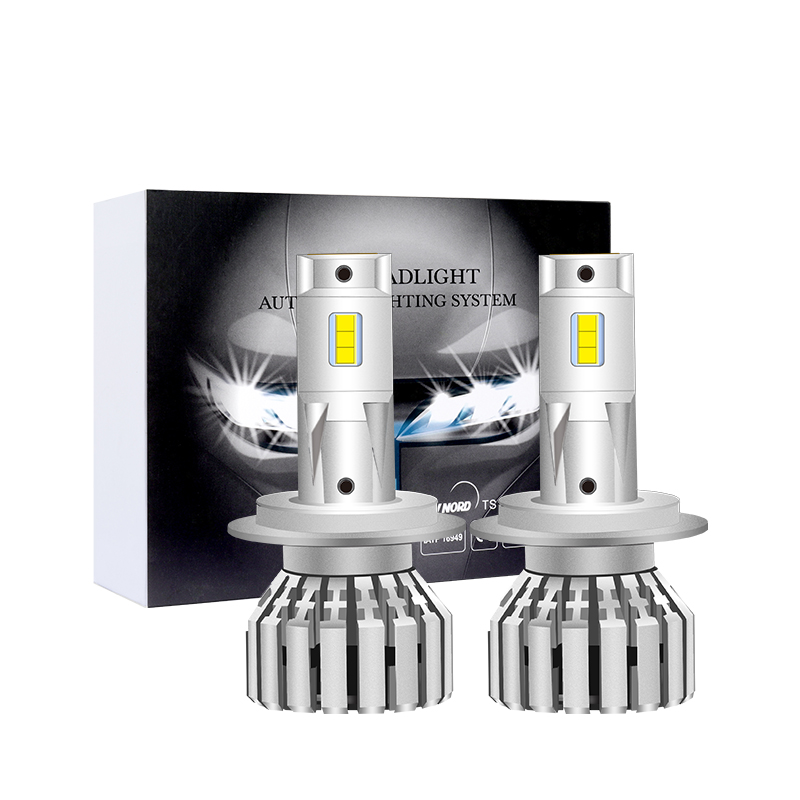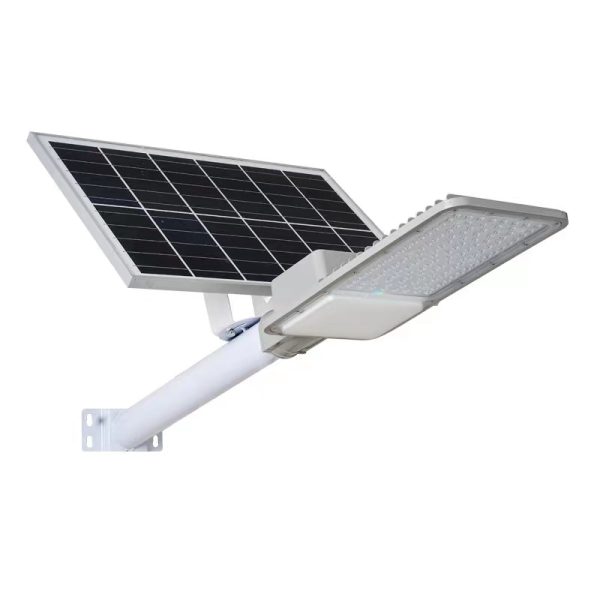The difference between SMD vs COB
When it comes to LED lighting technology, two popular options are Surface Mounted Device (SMD) and Chip on Board (COB). Both SMD and COB LEDs have their own unique characteristics and advantages. In this article, we will explore the differences between SMD and COB LEDs to help you make an informed decision for your LED lighting needs.
SMD LEDs are small, individual light-emitting diodes that are mounted onto a circuit board. They are usually smaller in size and offer a higher density of LEDs per unit area. SMD LEDs are known for their wide beam angle, which disperses light evenly. This makes them suitable for applications that require general illumination, such as lighting up a room or a large area.
On the other hand, COB LEDs consist of multiple LED chips directly mounted onto a substrate, creating a single lighting module. COB LEDs offer a higher light output and better thermal management due to their larger size and increased heat dissipation capabilities. This makes them ideal for applications that require high-intensity lighting, such as spotlights or task lighting.
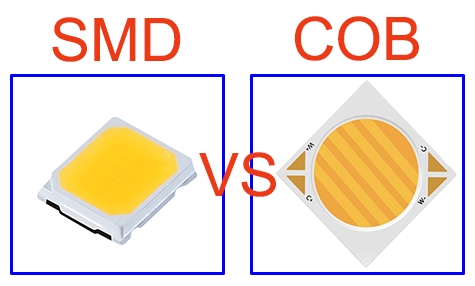
One of the main differences between SMD and COB LEDs is their size. SMD LEDs are smaller and individually mounted, allowing for more flexibility in design and placement. COB LEDs, on the other hand, are larger and offer a higher lumen output, making them more suitable for applications that require a concentrated source of light.
Another difference is the way they distribute light. SMD LEDs have a wider beam angle, which means that the light is spread over a wider area. This makes them suitable for applications that require uniform illumination, such as ceiling lights or panel lights. COB LEDs, on the other hand, have a narrower beam angle and provide a more focused and intense light output. This makes them ideal for applications that require directional lighting, such as track lights or spotlights.
Additionally, COB LEDs generally have a higher color rendering index (CRI) compared to SMD LEDs. CRI measures the ability of a light source to accurately render colors. A higher CRI means that colors appear more natural and vibrant under the light. This makes COB LEDs a preferred choice for applications that require accurate color representation, such as retail displays or art galleries.
In terms of energy efficiency, both SMD and COB LEDs offer high levels of energy savings compared to traditional lighting sources. They consume less energy while providing the same or even higher lumen output. This not only saves on electricity costs but also reduces carbon emissions.
In conclusion, the choice between SMD and COB LEDs depends on your specific lighting requirements. If you need wider beam angles and uniform illumination, SMD LEDs are a suitable choice. If you require higher light output and more focused lighting, COB LEDs are the better option. Consider the application, desired beam angle, lumen output, and color rendering requirements to determine which type of LED is the best fit for your lighting project.


